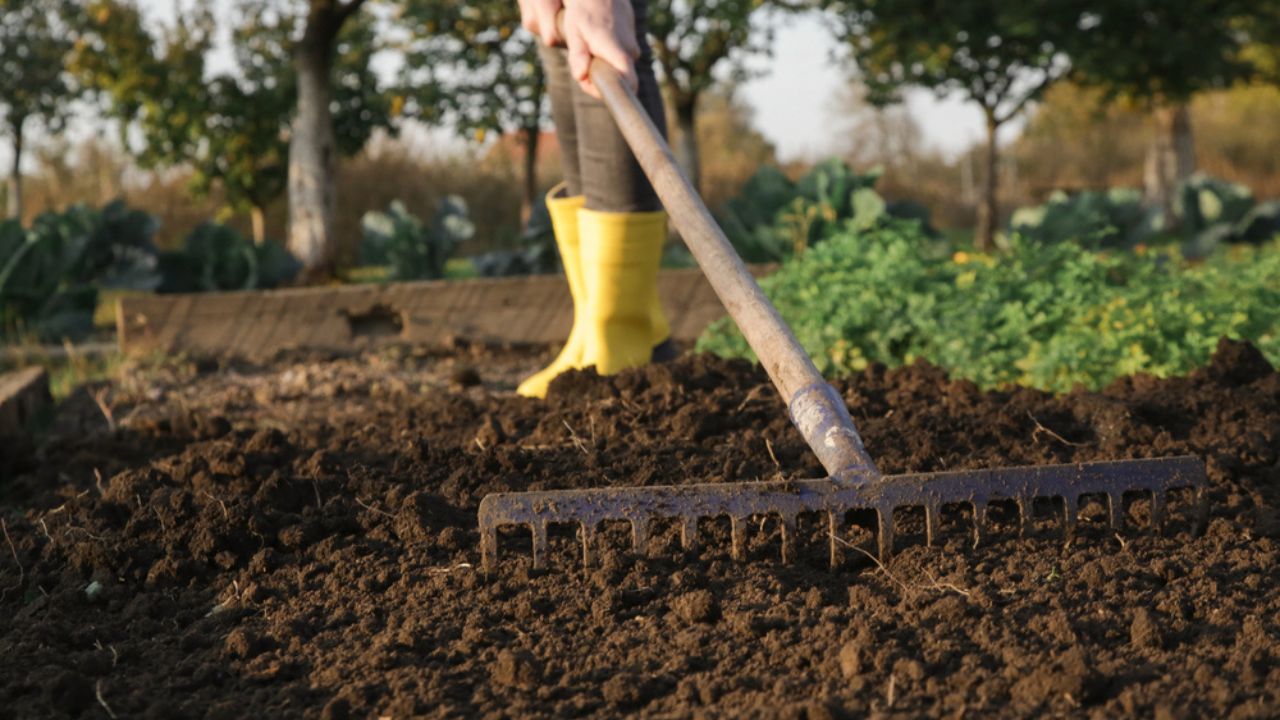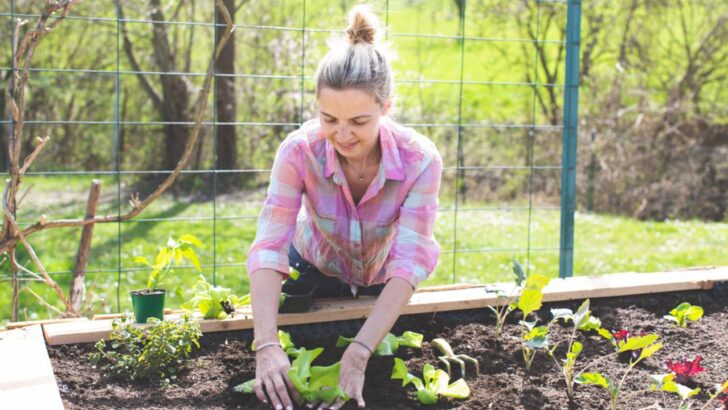A 2024 Swiftly survey found that 7 in 10 Americans struggle to afford groceries. Fast forward to 2025, and there is no data to know that people are feeling the pinch of the continually rising cost of food and food shortages on items like chicken eggs. Having a reliable source of fresh produce is becoming increasingly important for many individuals and families who aren’t sure where their next meal is coming from.
This is why gardeners have the opportunity to be more self-sufficient in times of crisis. It’s also why everyone should try their hand at growing crops! Anh Lin from @GirlandTheWord shares her five favorite survival corps that every gardener should grow for ultimate self-sufficiency. They were chosen based on shelf life (storability), caloric density, ease of growth, and versatility.
Potatoes

Image Credit: Deposit Photos.
Potatoes are the ultimate famine food; plus, they’re one of the easiest crops to grow and store. They are high in carbohydrates, making them an ideal survival food to keep energy high. Plus, they can be grown in various climates and soil types, making them accessible to most gardeners.
To start growing potatoes, you need a few seed potatoes (potatoes with sprouts), well-draining soil, and some space. You can also easily keep potatoes for months by storing them in a cool, dark place like a root cellar or basement.
Garlic

Image Credit: Deposit Photos.
Garlic not only adds flavor to dishes, but it also has numerous health benefits and is known for its antibacterial and antiviral properties. It’s easy to grow and can be preserved for a long time by drying or pickling. Garlic can also be replanted from a single clove, making it a sustainable survival crop.
It will take up to 9 months to grow, but Anh Lin shares that it’s low maintenance and pest resistance, making it a crop that you can continually grow with little effort.
Pumpkins

Image Credit: Deposit Photos.
Pumpkins are a versatile survival crop as they can be eaten in various forms, from savory dishes to desserts. They contain vitamins like A, E, and C, which are important for immune function and overall health. Plus, they have a long shelf life when stored properly. Pumpkins require some space to grow and plenty of sunlight, but they’re relatively low maintenance.
One helpful tip from Lin is to save the seeds and replant them for future harvests, making pumpkins easy to grow year after year. She also experimented with putting her pumpkins in cardboard boxes, and they loved it, illustrating that pumpkins can be grown in creative ways even with limited space and materials.
Carrots

Image Credit: Deposit Photos.
Another easy-to-grow and versatile crop is carrots. They can be eaten raw or cooked, and their high vitamin and mineral content (vitamins A, K, C, and potassium) makes them a nutritious addition to any survival food stash. Carrots also store well in cool, dark places for several months.
Carrots can be low maintenance as long as they have well-draining soil and consistent watering. Lin recommends throwing seeds in a patch of dirt and “letting them do their thing.” Her favorite carrot variety is the Shin Kuroda variety.
Sweet Corn

Image Credit: Deposit Photos.
Sweet corn is a crowd favorite, but any type of corn can be a great survival crop. Corn is high in carbohydrates and can be eaten fresh, made into a sweetener or flour, canned, or dried for long-term storage. It also has other essential nutrients like fiber, vitamin C, iron, and magnesium.
Other Crops

Image Credit: Deposit Photos.
The five options reviewed above are Lin’s favorite options. For anyone new to growing their food or wanting to branch into survival foods, these are good ones to start with. But, there are plenty of other options!
Other notable survival crops include beets, tomatoes, spinach, cucumbers, beans, cabbage, and winter squash. All these can be found in a variety of climates and have nutritional value that will help anyone endure tough times.


